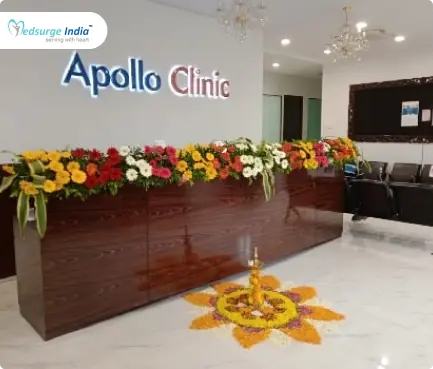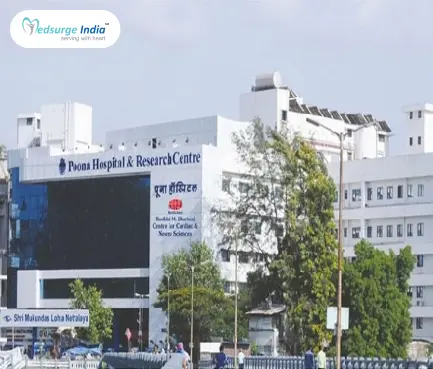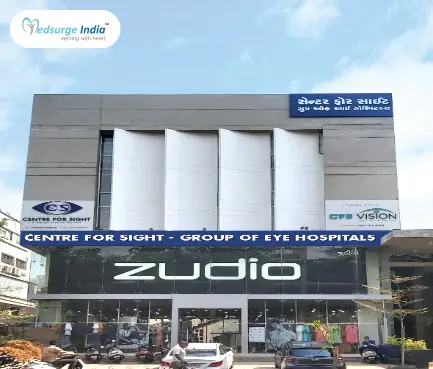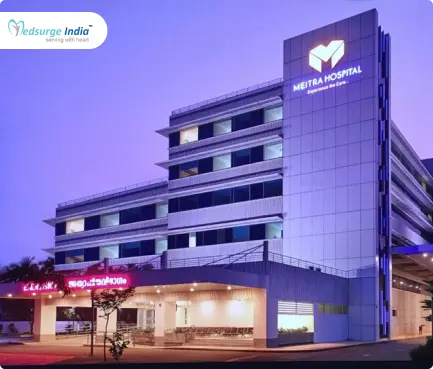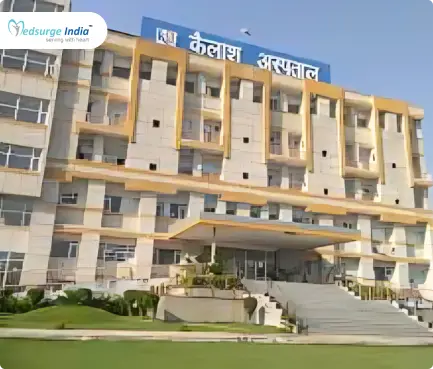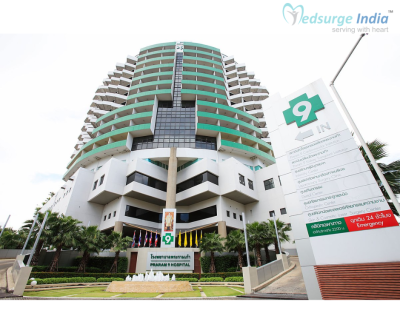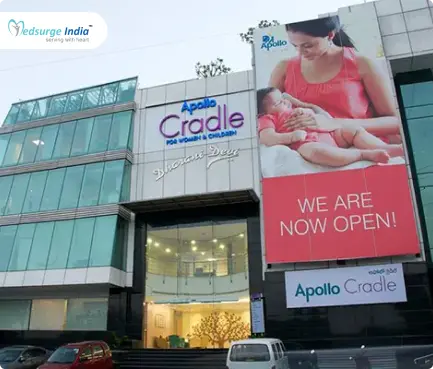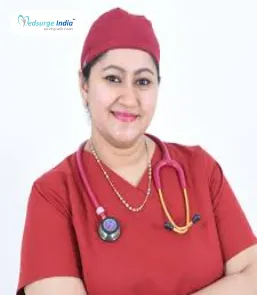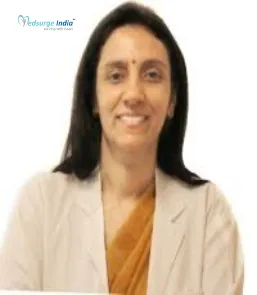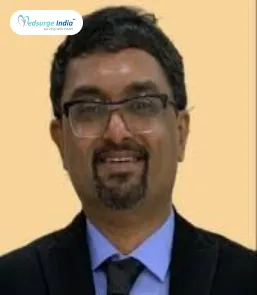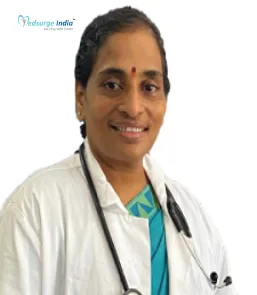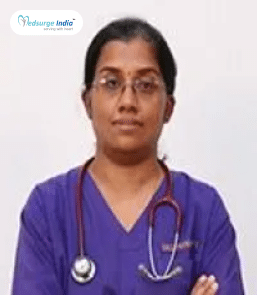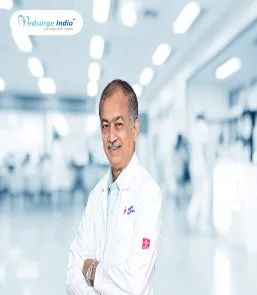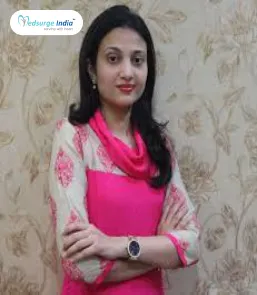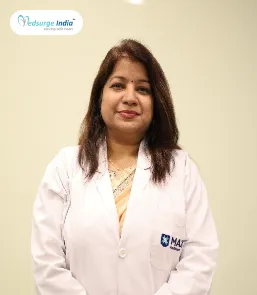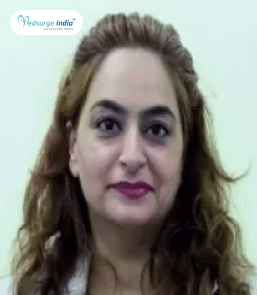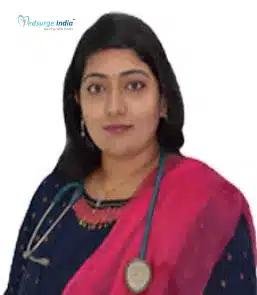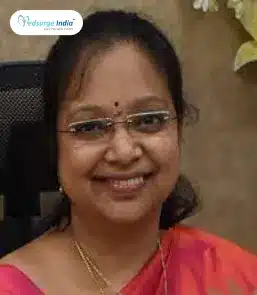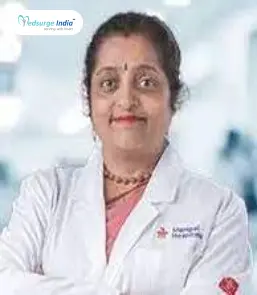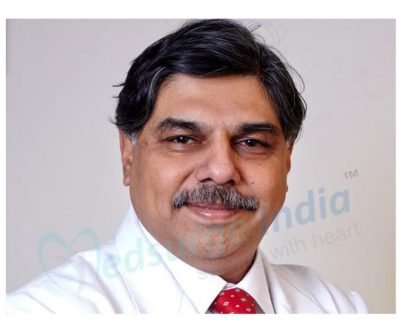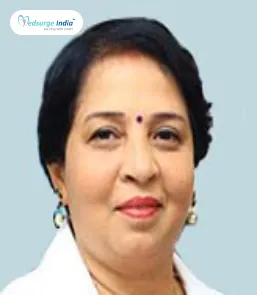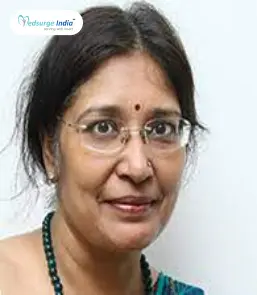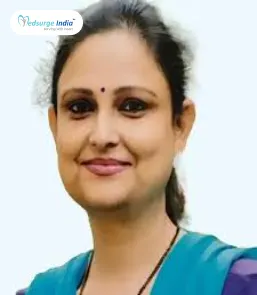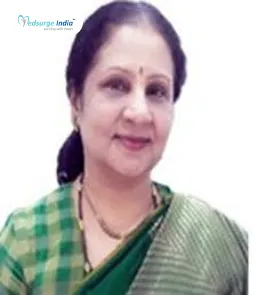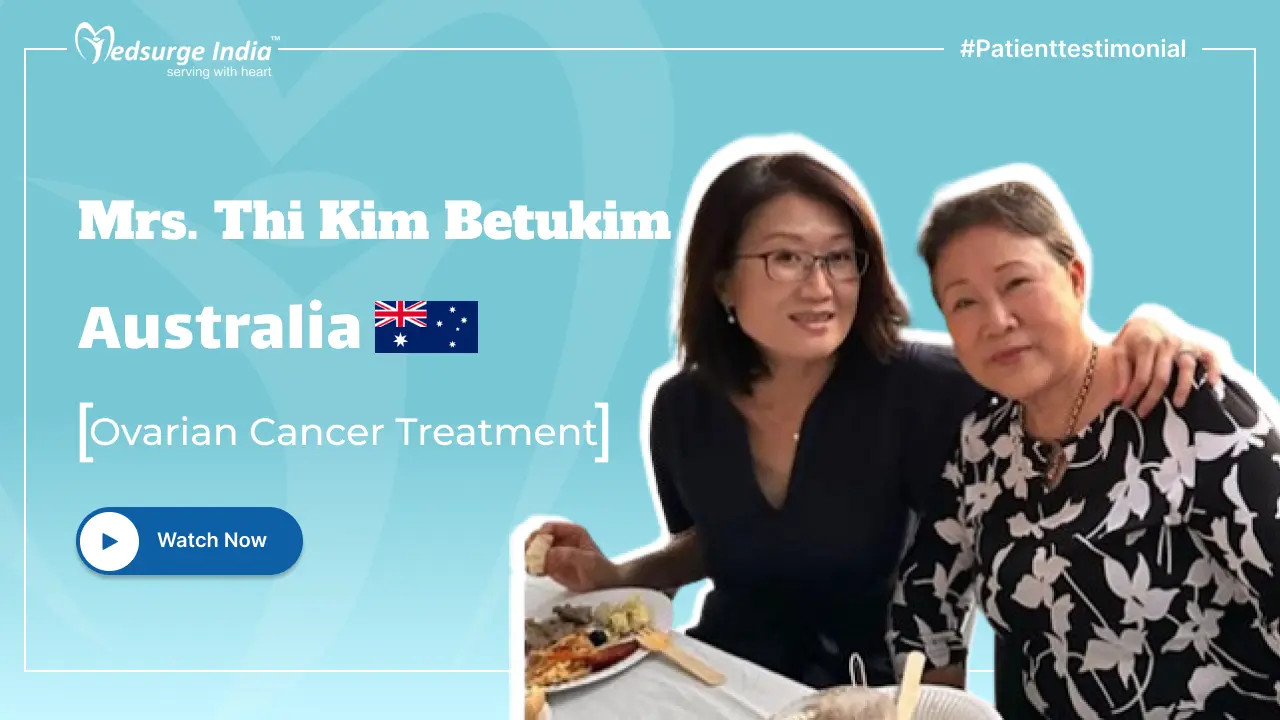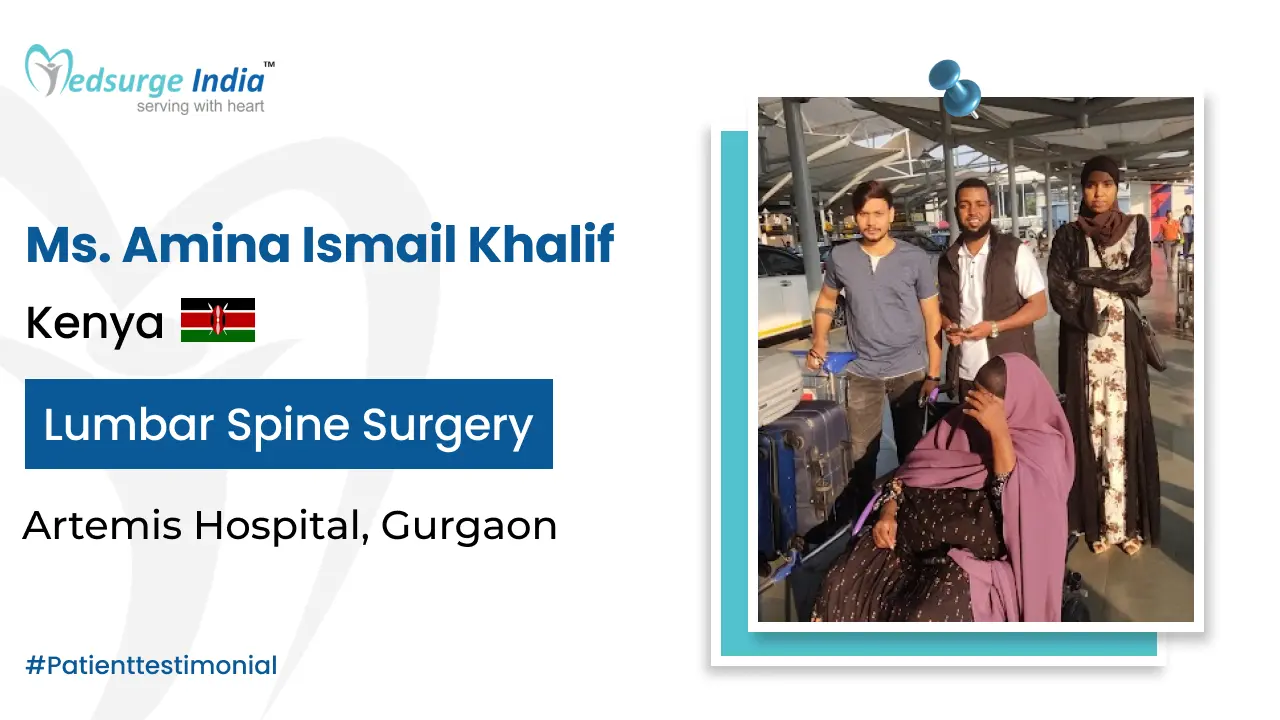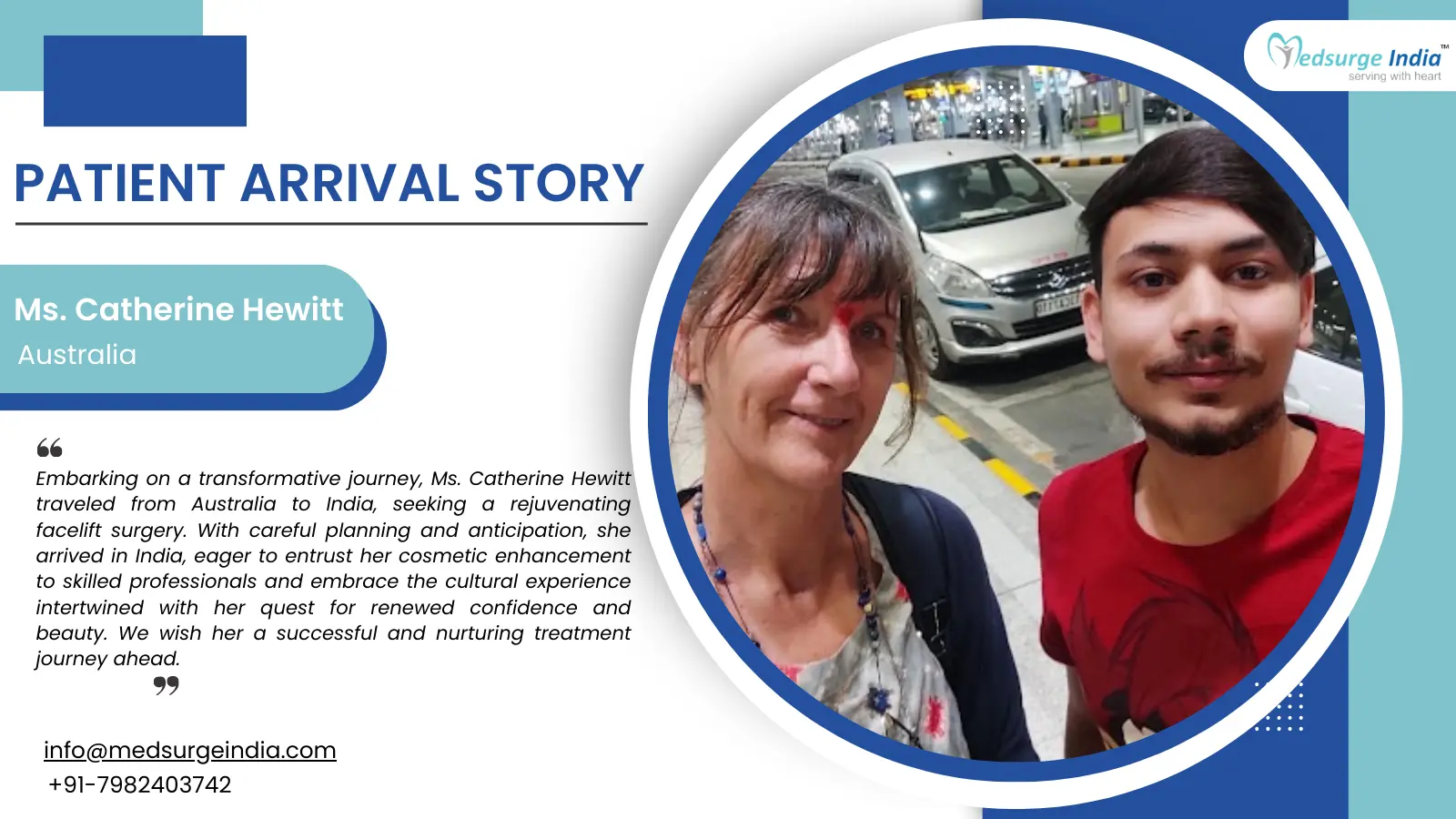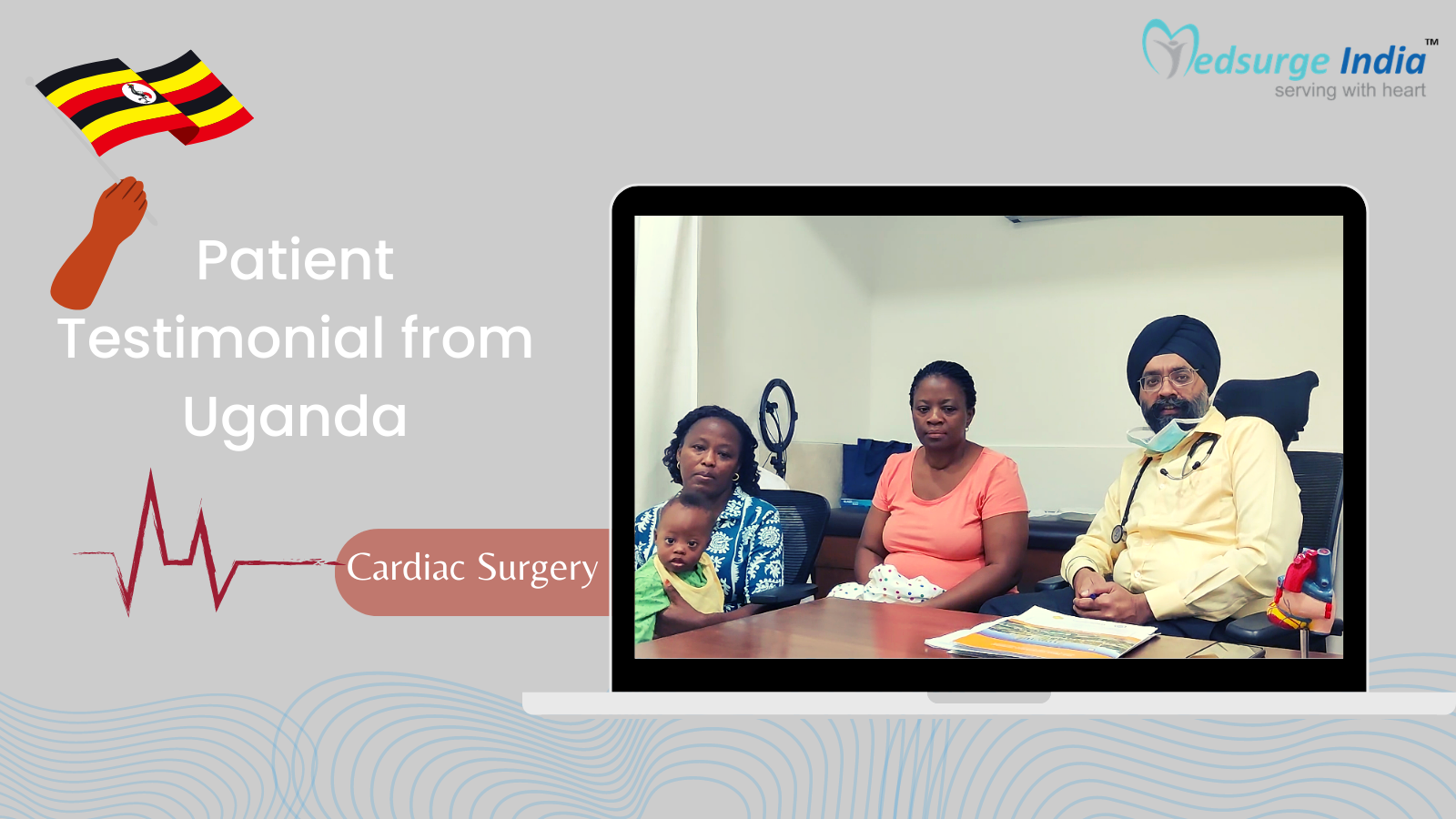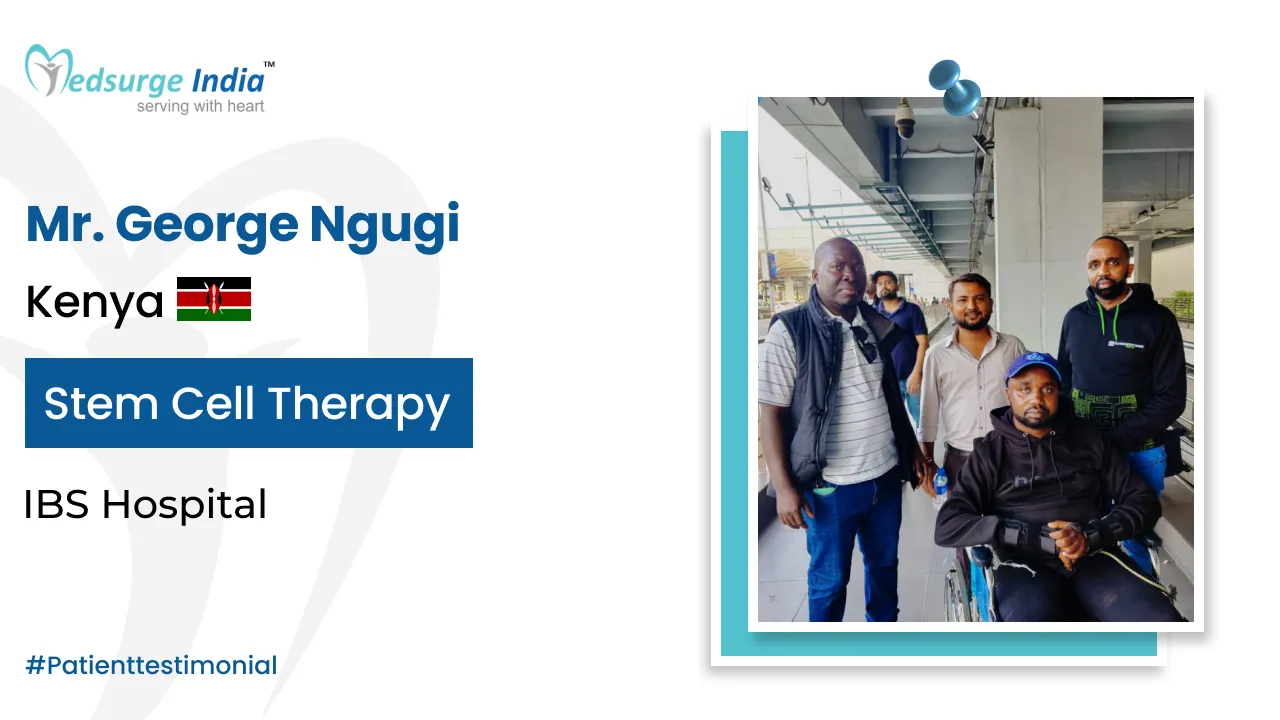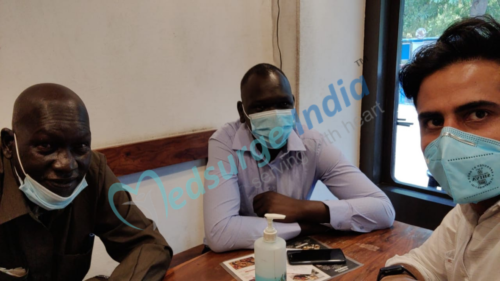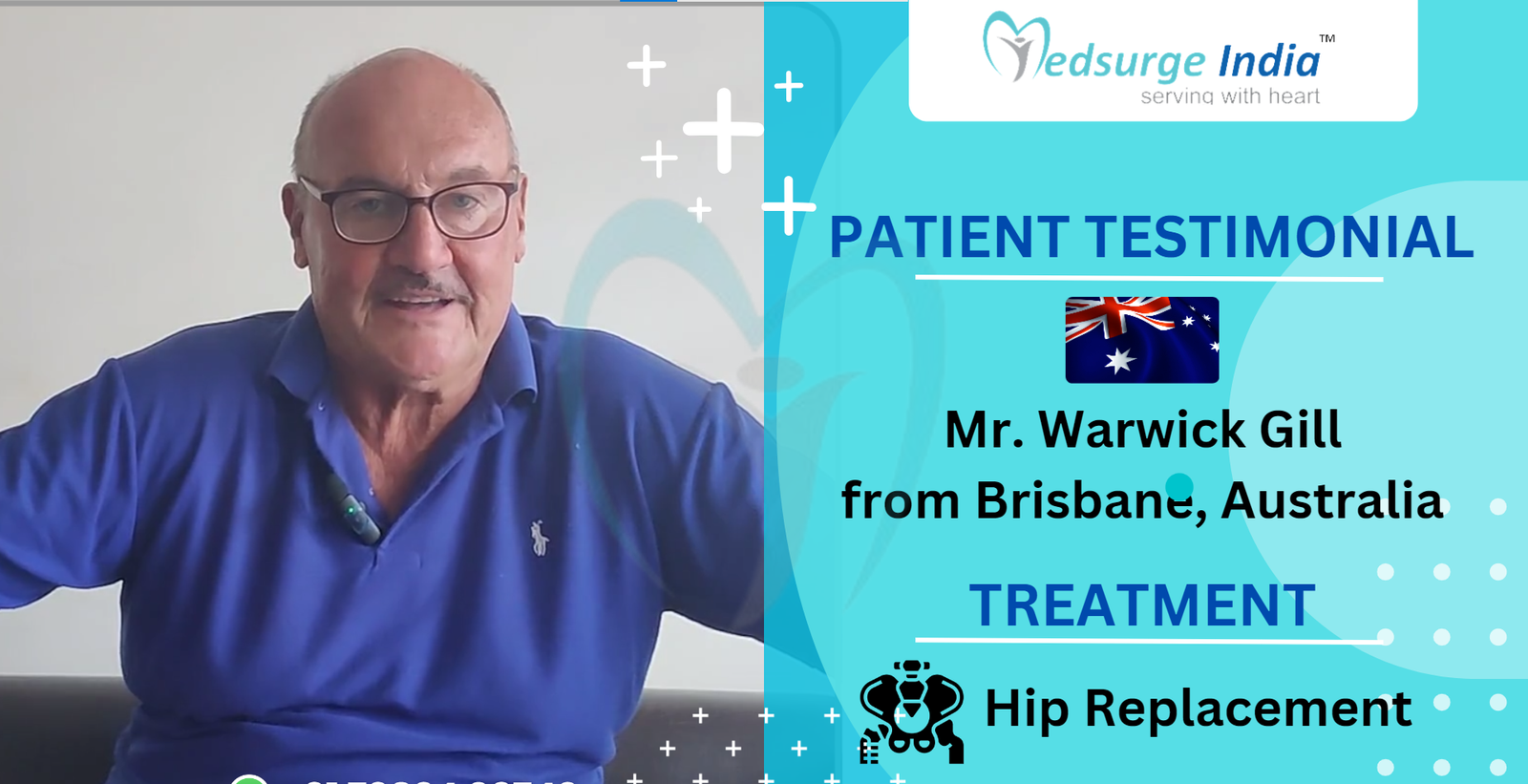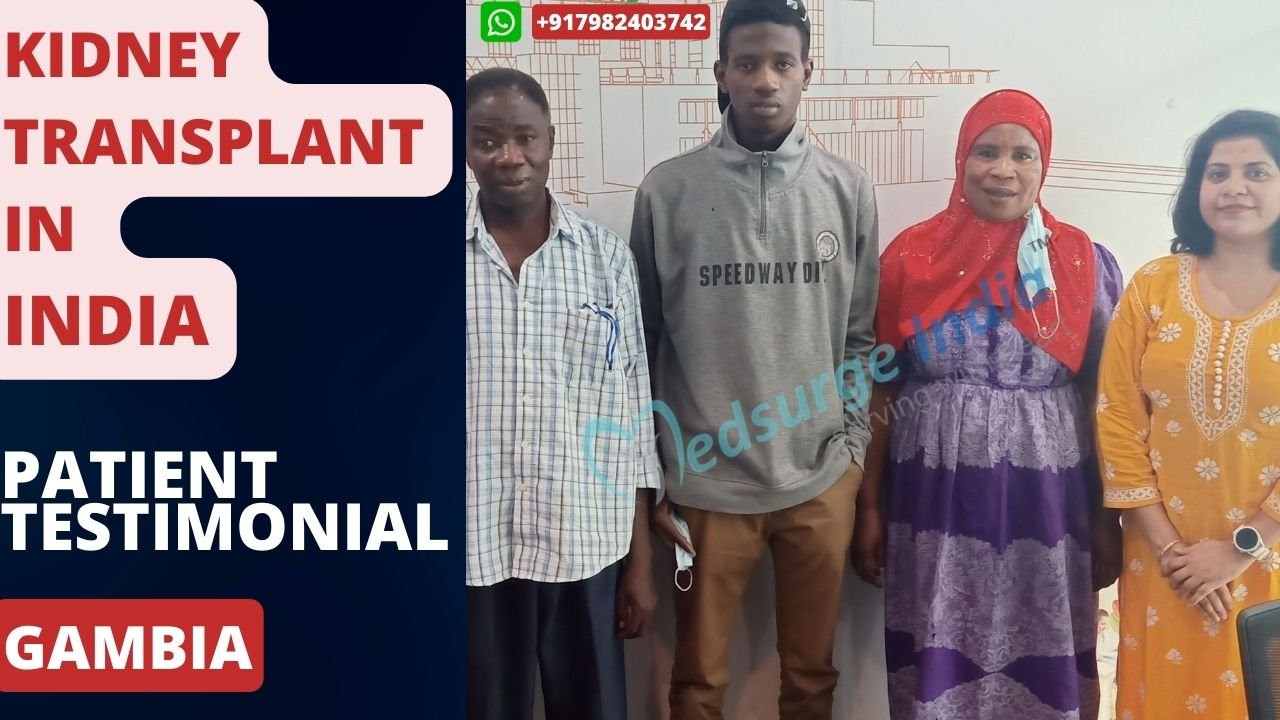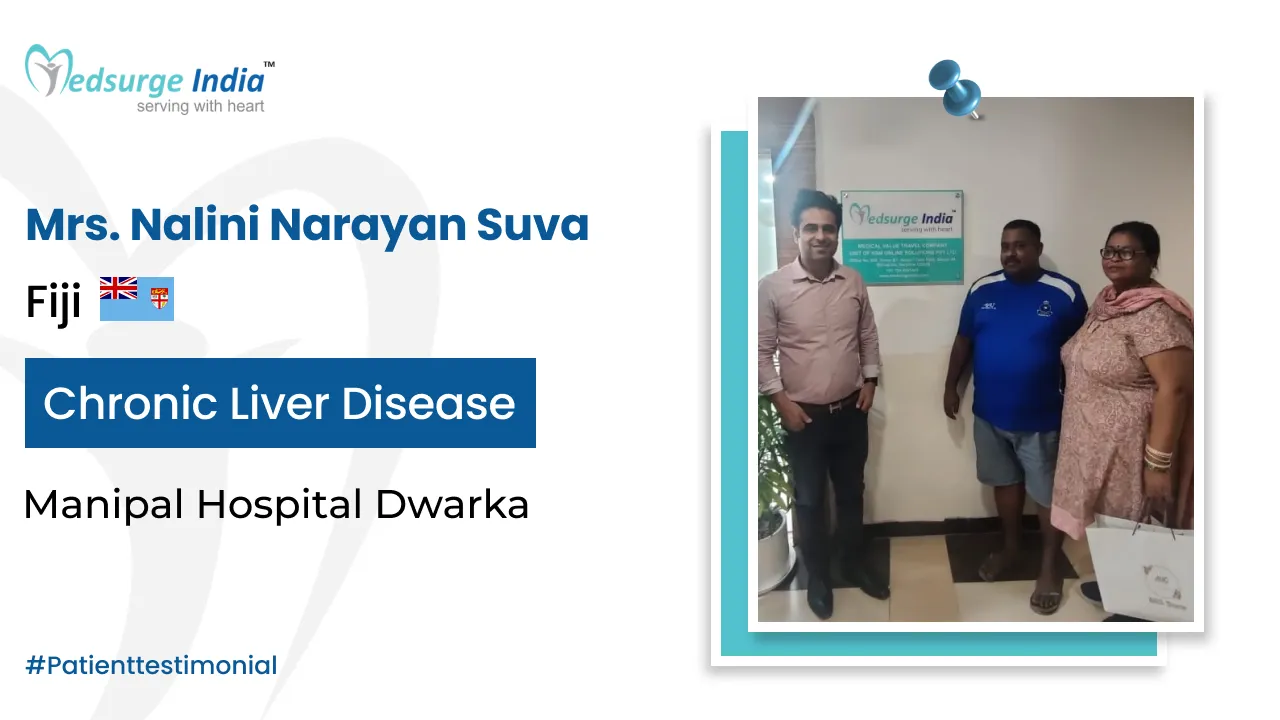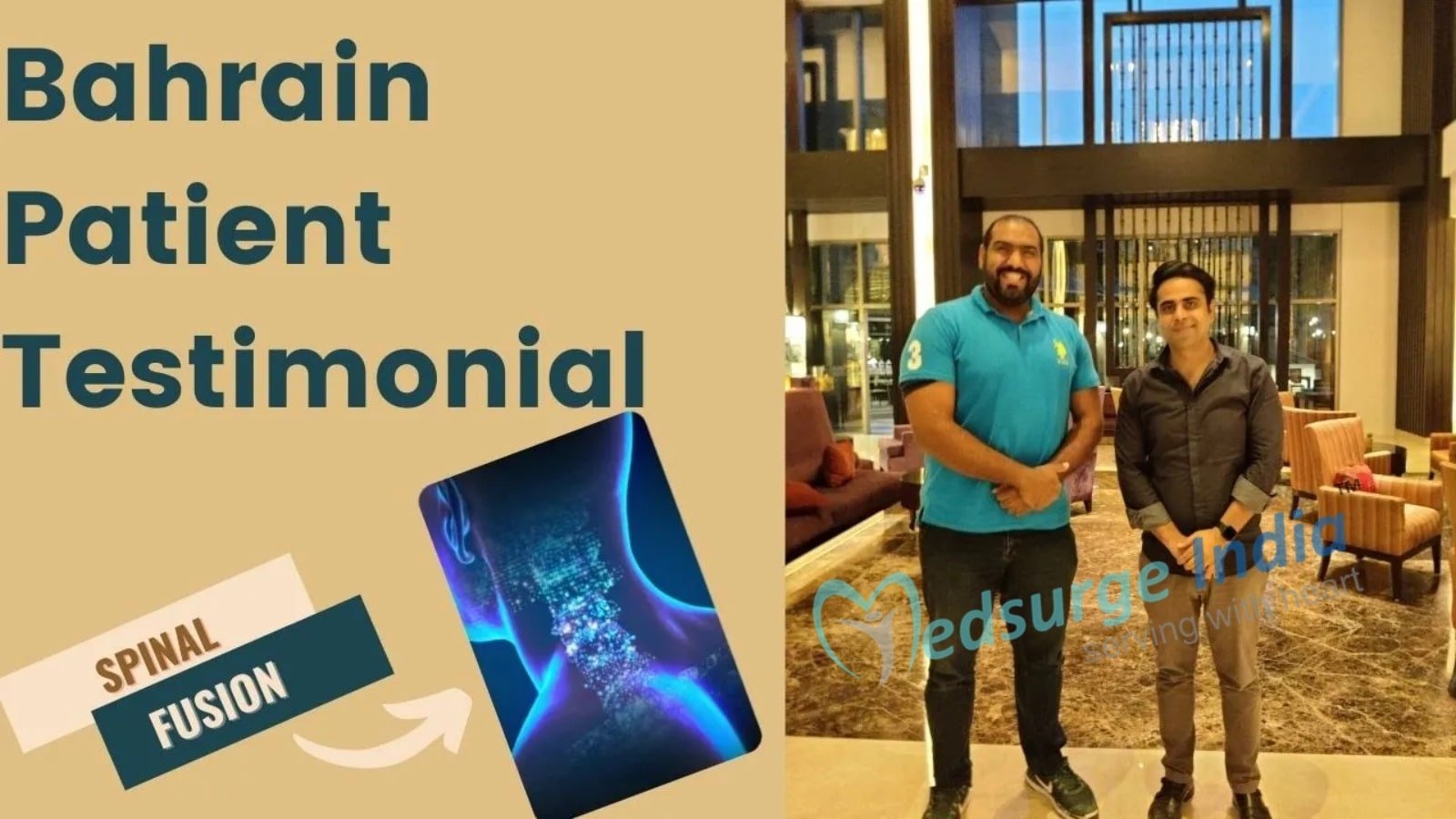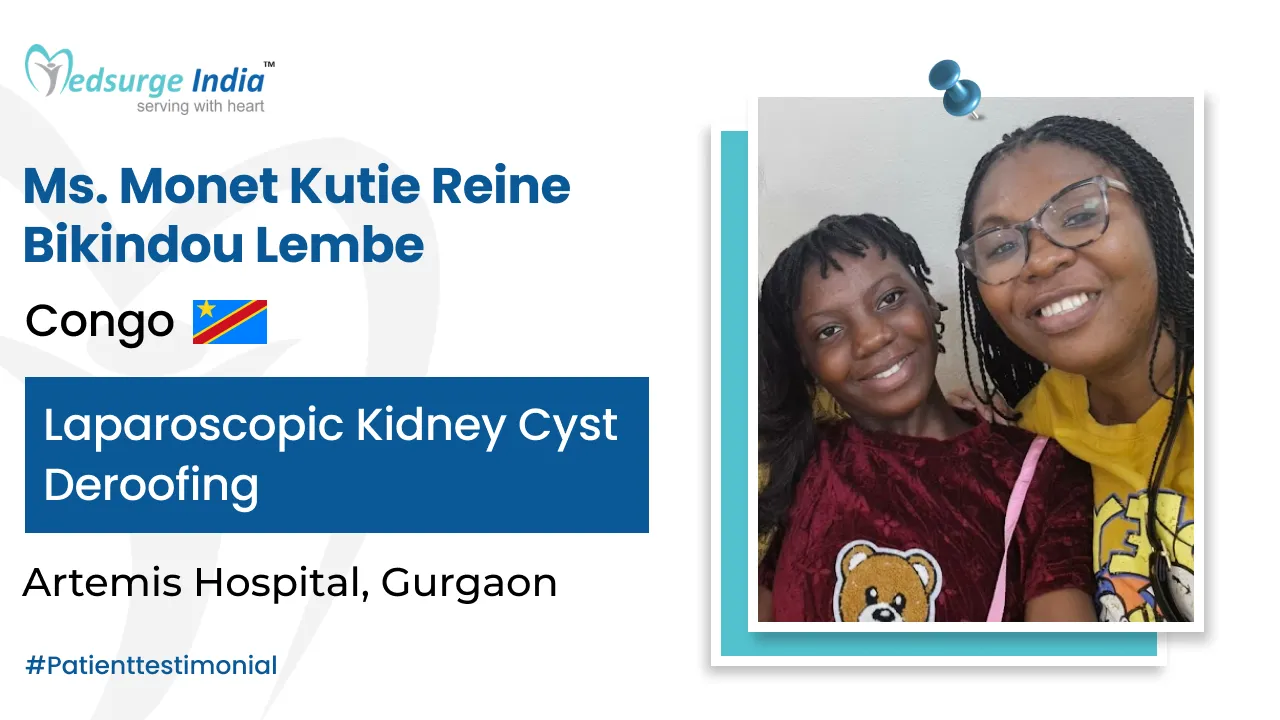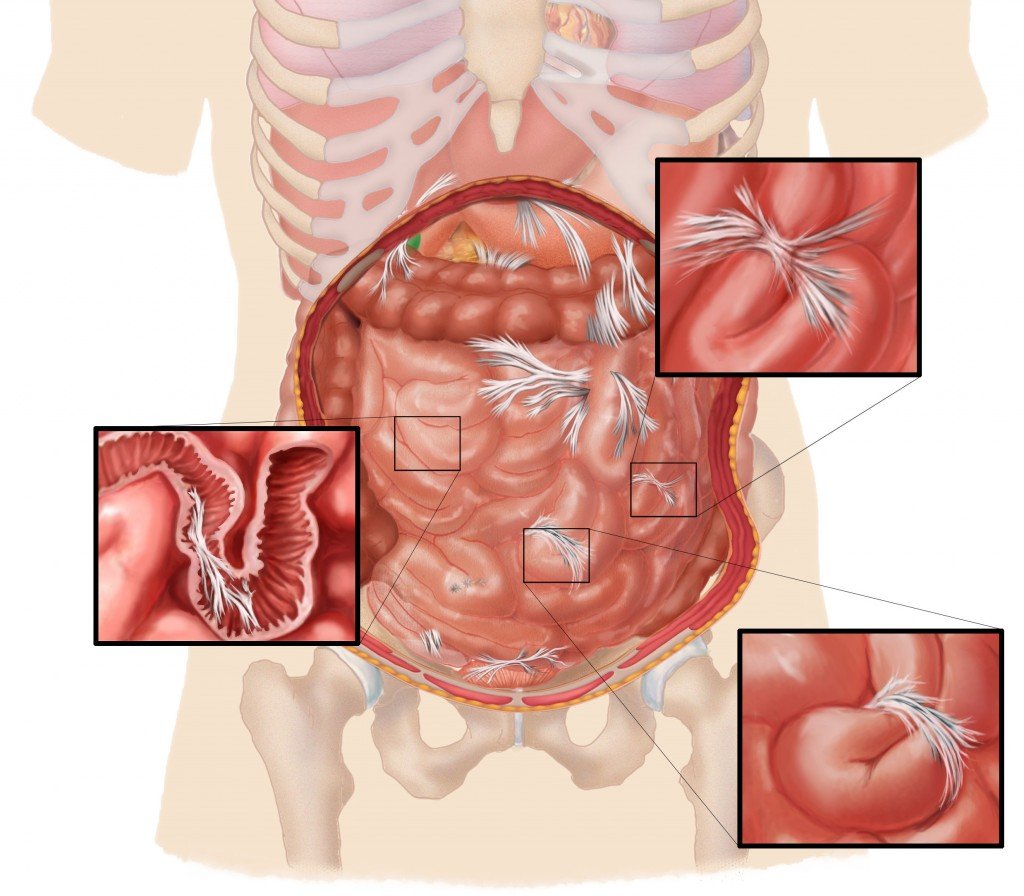
They’re common in the gut area of approximately 95 percent of patients following an abdominal operation that’s the normal healing process of the human body. Adhesions can be taken out by means of an operation known as laparotomy adhesiolysis for bowel obstructions. If other non-surgical measures neglect some patients may also need surgery that also contributes to the creation of new adhesions at 40 percent of patients that might require another operation to remove the adhesions. During the repair procedure, one organ could come into contact with another leading to the creation of scar tissue between the 2 surfaces. Adhesions can develop anywhere in the body but most frequently in the abdomen, heart, and tendons that are frequently painless and might occasionally result in obstruction which might be life-threatening.
Diagnosis of Adhesion Surgery:
- During the laparoscopic surgical procedure
- Studies such as blood tests
- X-rays
- CT scans
- Barium contrast studies
Treatment of Adhesion Surgery:
The remedy for adhesions Is Dependent upon the Level of Adhesion, place as well as the problems due to them. They could improve without surgery and the symptoms may be treated without the operation.
Adhesion Surgery Cost in India
Adhesion Surgery Cost in India starts from 4100 USD. For Adhesion Surgery in India, the expenses are subject to variation based on the patient’s condition and the specific treatment approach chosen by the doctor following the results obtained.
Adhesion Surgery Cost in Various Cities in India
| Cities | Starting Price |
| Delhi | 4100 USD |
| Gurgaon | 4200 USD |
| Noida | 4000 USD |
| Mumbai | 4100 USD |
| Hyderabad | 4000 USD |
| Chennai | 4200 USD |
| Kolkata | 4100 USD |
| Bangalore | 4200 USD |
Please note that the pricing and the treatment for Adhesion Surgery cost in India will vary depending on the patient’s choice and other various factors.
Factors That Can Affect Adhesion Surgery Cost in India
The following here are some variables that can affect Adhesion Surgery Cost in India:
- Medication costs.
- Duration of treatment.
- Geographical location.
- Hospitalization expenses.
- Government policies and subsidies.
- Medical tourism packages.
- Hospital reputation and infrastructure.
- The expertise and experience of medical professionals.
- The type and frequency of diagnostic procedures.
- The choice of treatment modality.
Furthermore, the standard and caliber of medical services and amenities provided are comparable to esteemed healthcare establishments globally, despite taking into account expenses for lodging, food, and travel. Additionally, with the expertise of skilled physicians, Medsurge India guarantees that individuals are provided with the most cost-effective Adhesion Surgery cost in India.
Get Free Cost Estimation
Procedure
Both common procedures like laparoscopy and laparotomy may be employed as a treatment for the adhesions. The surgeon will create a hole in your system in which the adhesions are formed along with also a little camera is going to be set through the hole to discover the presence of adhesions. After detection, they’re released and cut. Back in Laparotomy, the physician makes a bigger incision that helps to observe that the adhesions right so they are sometimes treated them. The technique varies based on particular conditions.
Prior to the Procedure
Specific medications should be stopped prior to the operation such as:
- Blood thinners and anticoagulants
- Nonsteroidal anti-inflammatory drugs such as Aspirin and Ibuprofen
- Medicines which affect blood clotting
- Dietary supplements and herbal medicines
- Vitamin K containing products
Throughout the Procedure
- Laparoscopy surgery can be performed in a hospital or in a clinic as an outpatient.
- General anesthesia will be given through the intravenous method
- If local anesthesia is given, it will numb the area for a certain period of time
- The surgeon will make an incision below the belly button and insert canola to locate the adhesions
- The canola will be used to inflate the abdomen with carbon dioxide gas which allows the surgeon to see the organs more clearly
- After the inflation, the surgeon will insert a laparoscope through the incision to access the internal organ as it generates the images on the screen
- The number of incisions depends on the number of adhesions to be removed with the size ranging from 1 to 2 cm
- After the adhesiolysis, the laparoscope will be removed and the incisions are closed with stitches or surgical tape
You may also be interested in – Top 10 Gynecologists in India
Following the Procedure
- Following the procedure, the patient may feel Small pain and throb in the area of the incision
- The pain will solve within several days following the process
- Pain relief medicines will probably be recommended for several days following the operation
- The Frequent complication is distress and pain at the shoulder following the process because of the carbon dioxide used to purify the gut
- Bloating may also be detected in certain patients who subsides within a few times
- Normal activities can be resumed within a week following the process
- Follow up appointments will be scheduled following two weeks post-operation
The Most Important Frequently Asked Questions
Q: Do Adhesions Cause Pain?
A: Abdominal adhesions are common in most people even with no surgery. Many adhesions can’t trigger complications and pain. In some individuals, they might lead to bowel obstruction in adults and chronic pelvic pain.
Q: Just How the Scar Cells Feel Like?
A: The scar tissue could be detected on mammograms as calcification and might feel like a tough lump that’s also brought on by fibroadenoma.
Q: Would a CT Scan Find the Adhesions?
A: In the majority of the instances CT scans may diagnose adhesions.
Q: Can Adhesions Go Out with Massage?
A: When the adhesions have grown following surgery, the physician may suggest to the physical therapists to carry out deep tissue massages to assist in the healing procedure. But, massaging a scar tissue that’s not properly cured may lead to a delay in the recovery procedure.
Q: Why Are Adhesions Painful?
A: Many adhesions aren’t debilitating and cannot be detected. Sometimes the scar tissue can compress the nerve following an operation which results in the maturation of neuroma in the conclusion of a damaged nerve. This might lead to pain.
Q: Could Adhesions Be Discovered in an MRI Scan?
A: The adhesions aren’t simple to diagnose and discover in MRI evaluations.
Q: Could Adhesions Be Discovered in Ultrasound?
A: Adhesions and scar tissues are hard to find with ultrasound. They may be detected depending on the visual evaluation and symptoms and according to them, adhesions could be identified.
Q: Why Do Adhesions Form?
A: The abdominal adhesions can lead to pain, bowel obstruction, and fertility issues.
Q: What Are the Symptoms Caused by Adhesions in the Stomach?
A: The symptoms are:
- Cramping and severe abdominal pain
- Bloating
- Nausea and Vomiting
- The loud sound of bowels
- Abdominal swelling
- Inability to belching or remove the gas from the abdomen
- Constipation
Q: How Can Intestinal Adhesions Variety?
A: Preventive surgery has become the most frequent cause of inner adhesions.
Q: How to Prevent Adhesions?
A: Some of the preventions are:
- Minimally invasive surgery should be the choice to prevent adhesion formation such as laparoscopic or robotic procedures.
- Taking just a liquid diet prior to the operation
- Losing weight if BMI over 25
Q: What’s the Process Called Laparoscopic Adhesiolysis?
A: The method to split the adhesions with a laparoscope is known as laparoscopic adhesiolysis. This can be done with a laparoscope to reduce and divide the glued tissue.
Q: Where Do Adhesions Form?
A: Abdominal adhesions can make between abdominal tissues and organs. These are bands of fibrous tissue which could make the cells and organs in the belly to stick together.
Q: How Can Abdominal Scar Tissue Texture?
A: Abdominal Scar tissue is similar to a group between organs and tissues that binds them together. The scar tissue might feel like distress in the stomach button along with abdominal distension.
Q: Why Do Adhesions Form Following Radiation and Accident Therapy?
A: Adhesions can develop following an injury including accidental drops and physical abuse. Radiation treatment and injury can form huge adhesion formation at the website or nearby regions after cancer therapy. Trauma developed following radiation and degeneration causes adhesions to disperse into surrounding organs frequently confused with symptoms arising from remote parts.
Q: What Are the Requirements for a Medical Visa to India?
A: Your medical visa to India needs a valid passport. To be Qualified for the medical care the medical condition ought to be treated with a reputed hospital that’s accepted by authorities of India. Two attendants or Blood relatives could be hauled on precisely the exact same patient visa with roughly 3 Admissions each year.
Top Hospitals for Adhesion Surgery in India
Top Doctors for Gynecology
Dr. Asma Humayun
Consultant
Experience: 10 years of experience
Prashanth Multi Speciality Hospital Chennai
Chennai, India
Dr. Nitika Sobti
Principal Consultant
Experience: 24 years of experience
Cloudnine Hospital Gurgaon (Sector-47)
Gurgaon, India
Dr. Aneesh Sabnis
Consultant
Experience: 25 years of experience
Nanavati Super Specialty Hospital Mumbai
Mumbai, India
Dr. Sumana Datta
Senior Consultant
Experience: 24+ years of experience
Narayana Multispeciality Hospital, Andul Road, Howrah
Howrah, India
Dr. Radhakrishna S Nayak
Experience: 30+ years of experience
KMC Hospital, Hampankatta, Mangaluru
Mangaluru, India
Dr. Rashmi Varshney Gupta
Experience: 20+ years of experience
Max Super Speciality Hospital Dehradun
Dehradun, India
Dr. Sheemu Shoukat
Senior Consultant
Experience: 19+ years of experience
Shri Mata Vaishno Devi Narayana Superspeciality Hospital, Katra
Katra, India
Dr. Meghana Reddy Jetty
Senior Consultant
Experience: 12 years of experience
Rainbow Children’s Hospital & BirthRight by Rainbow, Bangalore
Bangalore, India
Dr. Hemalatha Pugalendhi
Consultant
Experience: 33 years of experience
Apollo Fertility Centre, Anna Nagar
Chennai, India
Dr. Gayathri Karthik
Consultant
Experience: 21 years of experience
Manipal Hospital (Old Airport Road) Bangalore
Bangalore, India
Dr. Usha Todadri
Consultant
Experience: 18 years of experience
Prashanth Multi Speciality Hospital Chennai
Chennai, India
Dr. Mamta Mittal
Senior Consultant
Experience: 35 years of experience
Khosla Hospital, Shalimar Bagh.
New Delhi, India
Dr. Manjula A Patil
Consultant
Experience: 18 years of experience
SS SPARSH Hospital (Mysore Road) Bangalore
Bangalore, India
Dr. Vipula Verma
Senior Consultant
Experience: 26+ years of experience
Maa Ram Pyari Super Speciality Hospital, Ranchi
Ranchi, India
Dr. Sudha C P
Consultant
Experience: 37 years of experience
Rainbow Children’s Hospital & BirthRight, Bannerghatta Road
Bangalore, India






